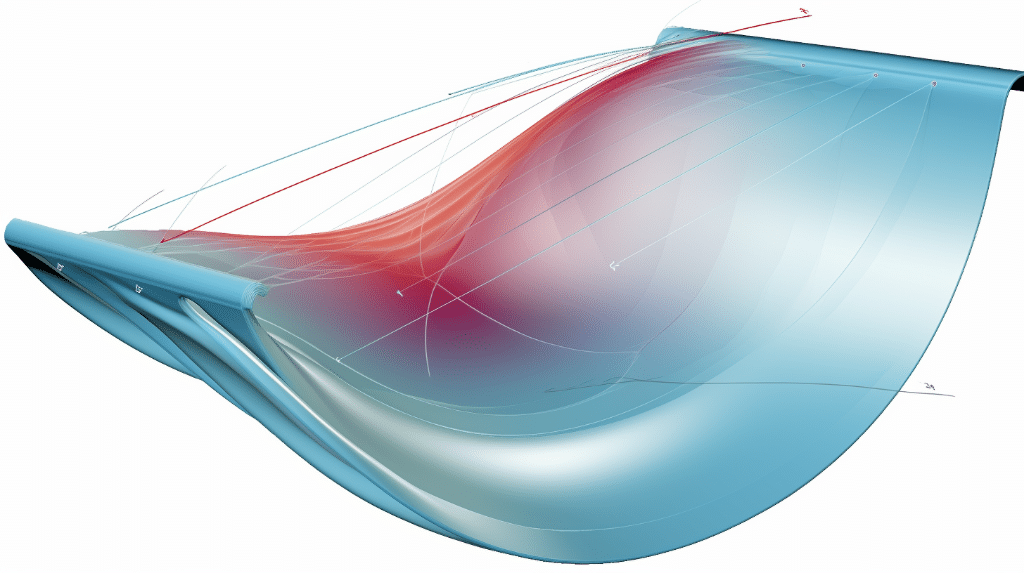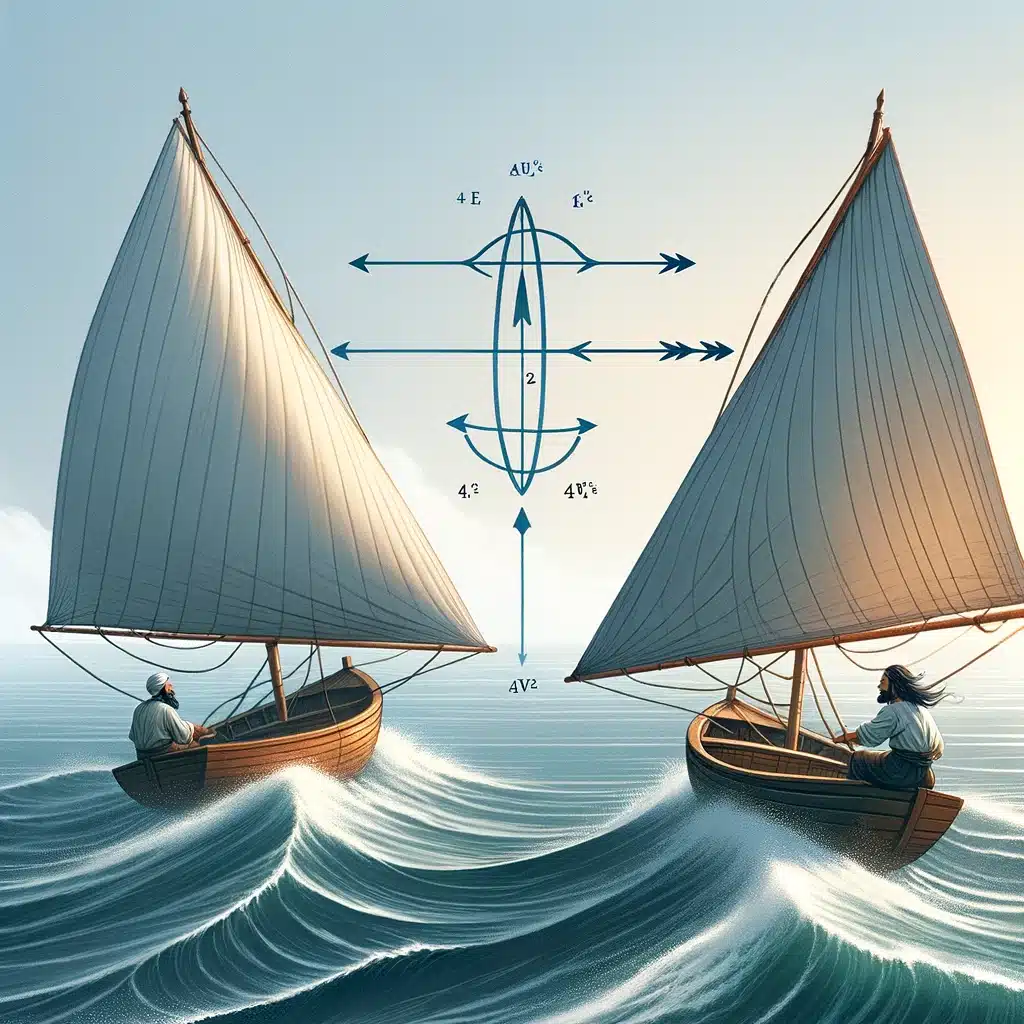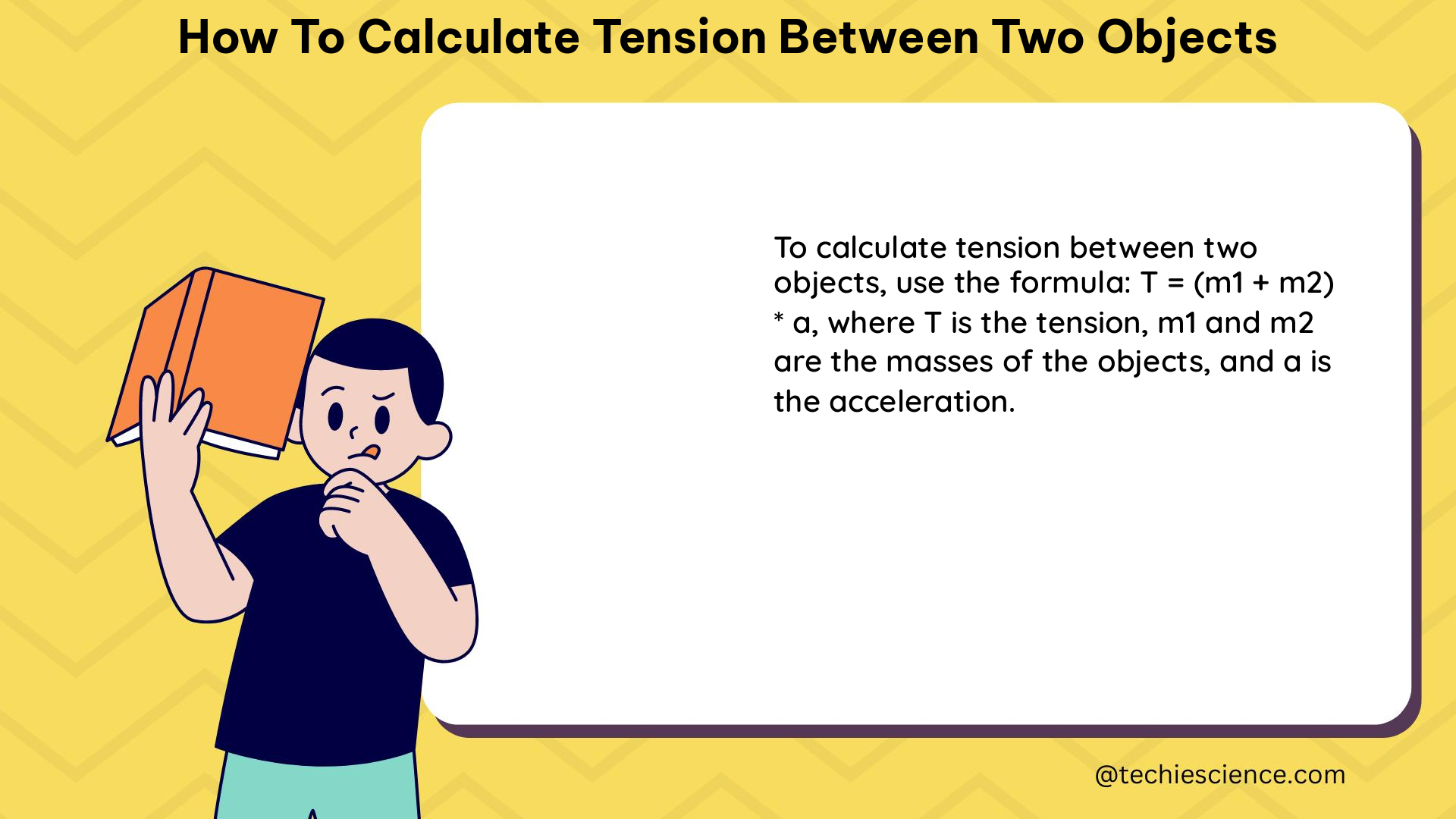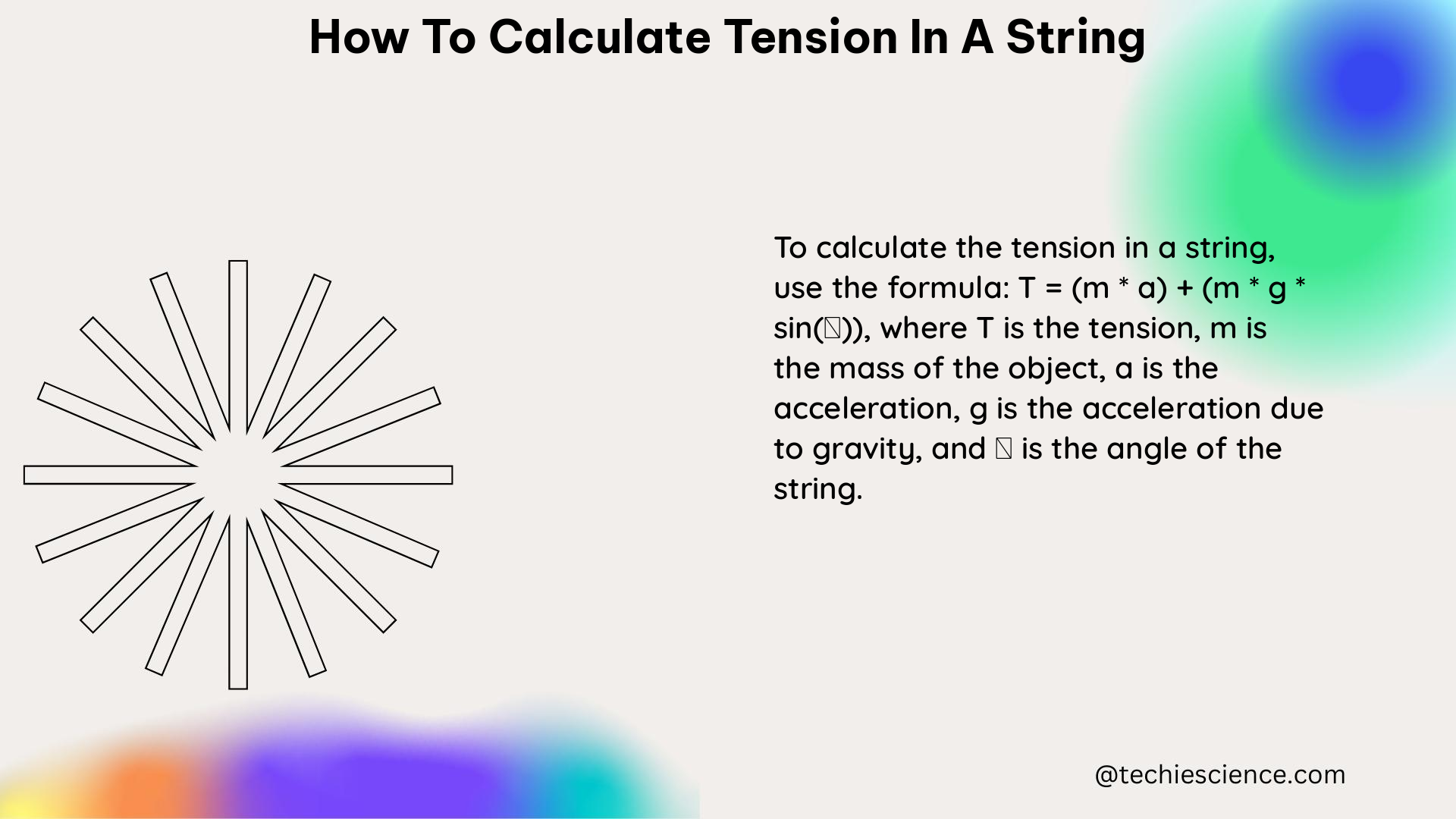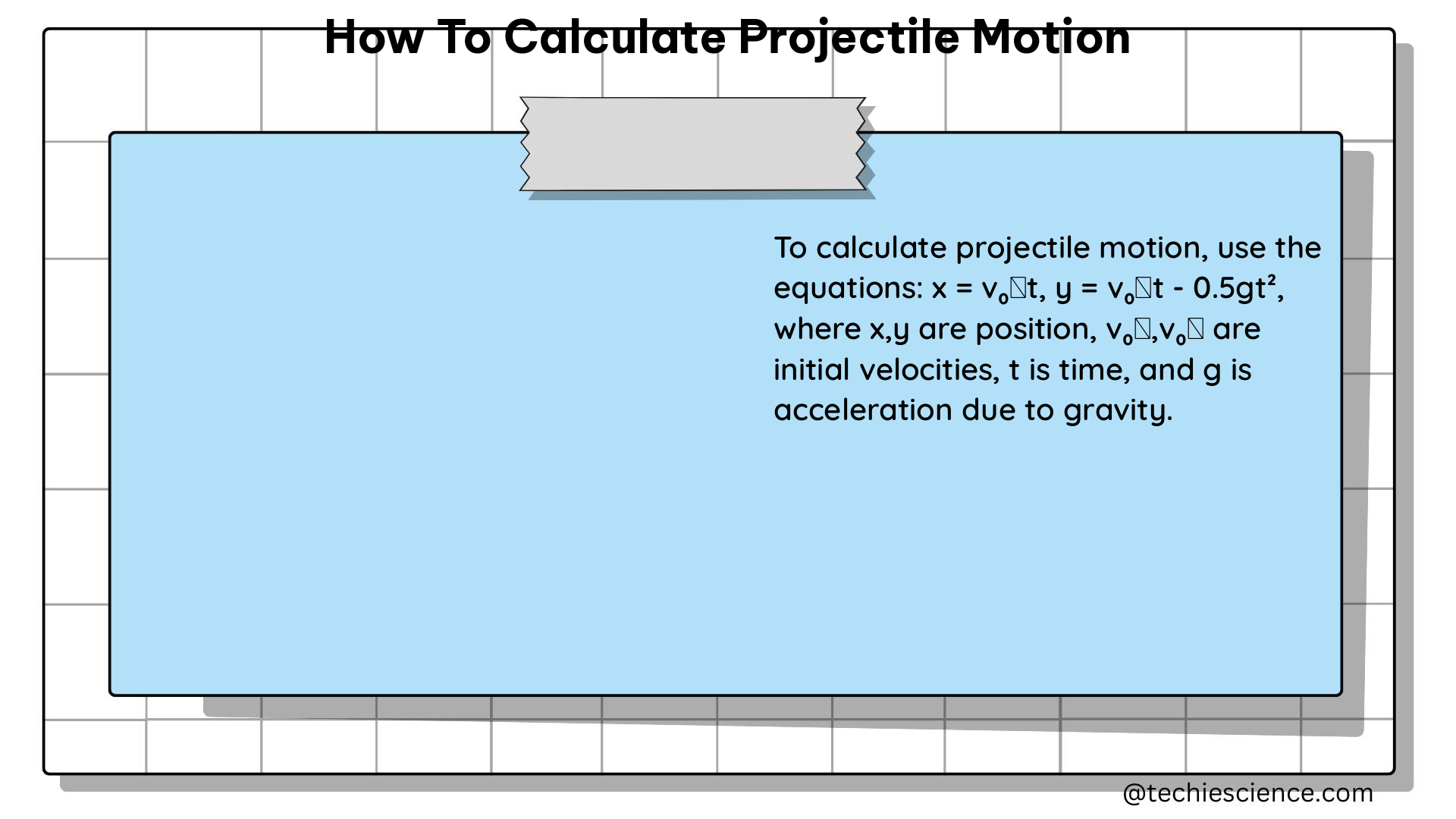How to Calculate Drag Coefficient
The drag coefficient is an essential parameter used to quantify the resistance an object experiences as it moves through a fluid medium, such as air or water. It plays a crucial role in understanding and predicting the aerodynamic behavior of various objects and scenarios. In this blog post, we will explore the definition, importance, factors influencing the drag coefficient, and different methods of calculating it. So, let’s dive in!
Definition and Importance of Drag Coefficient

The drag coefficient is a dimensionless quantity that relates the drag force experienced by an object moving through a fluid to the reference area, flow velocity, and fluid density. It is denoted by the symbol Cd and is widely used in the fields of fluid dynamics, aerospace engineering, and automotive design.
The drag force is the resistance force exerted by the fluid on the object in the direction opposite to its motion. It depends on the shape, size, and surface characteristics of the object. By quantifying the drag force through the drag coefficient, engineers and researchers can assess the aerodynamic performance of vehicles, structures, or any object moving through a fluid medium.
The drag coefficient is crucial in determining other aerodynamic properties like the lift-to-drag ratio, which measures the efficiency of an object in generating lift compared to the drag it experiences. A low drag coefficient is desirable as it indicates lower air resistance and improved fuel efficiency, speed, and maneuverability.
Factors Influencing Drag Coefficient
Several factors influence the drag coefficient of an object. Let’s take a look at some of the key factors:
-
Shape and Surface Characteristics: The shape of an object significantly affects its drag coefficient. Streamlined or aerodynamic shapes, like teardrops, minimize drag by reducing the separation of the fluid flow. Surface roughness, coatings, and protrusions also impact the drag coefficient.
-
Reynolds Number: The Reynolds number is a dimensionless parameter that characterizes the flow regime around an object. It depends on the flow velocity, object size, and fluid properties. The drag coefficient can vary with the Reynolds number, transitioning between laminar and turbulent flows.
-
Flow Velocity: Higher flow velocities generally result in higher drag coefficients. As the fluid flow speed increases, the momentum transfer and pressure distribution around the object change, leading to increased drag.
-
Boundary Layer: The boundary layer is the thin layer of fluid adjacent to the object’s surface. The behavior of the boundary layer, whether laminar or turbulent, affects the drag coefficient. Turbulent boundary layers tend to have higher drag coefficients.
Now that we understand the basics of drag coefficient let’s explore how to calculate it using different software and simulations.
Calculating Drag Coefficient in Different Software and Simulations
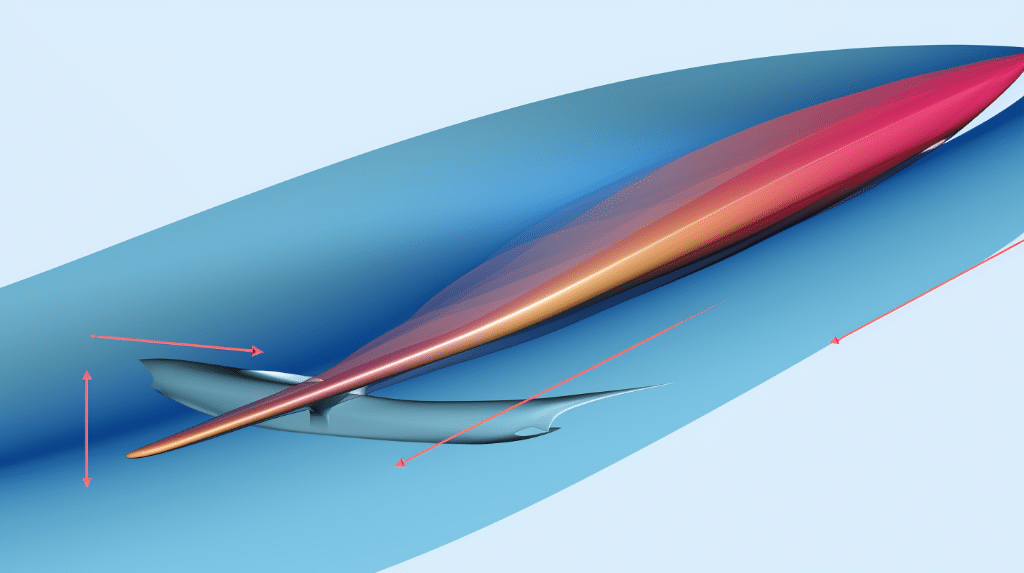
How to Calculate Drag Coefficient in Paraview
Paraview is a popular open-source data visualization and analysis software used in various scientific and engineering fields. To calculate the drag coefficient in Paraview, you would typically follow these steps:
- Import the simulation results or data representing the fluid flow around the object into Paraview.
- Identify a suitable surface on the object for calculating the drag coefficient.
- Compute the drag force acting on the surface using the pressure and velocity data from the simulation.
- Calculate the reference area, which is the projected area of the surface perpendicular to the flow direction.
- Finally, divide the drag force by the product of the fluid density, flow velocity squared, and reference area to obtain the drag coefficient.
How to Calculate Drag Coefficient in CFD
Computational Fluid Dynamics (CFD) is a powerful tool for simulating and analyzing fluid flow and aerodynamic behavior. To calculate the drag coefficient using CFD, you generally follow these steps:
- Set up the geometry and boundary conditions of the object and the fluid domain in the CFD software.
- Define the flow properties, such as fluid density and viscosity, and the flow velocity.
- Run the CFD simulation to solve the governing equations for fluid flow and obtain the pressure and velocity fields.
- Identify the surface(s) of interest and extract the relevant data, such as pressure and velocity, from the simulation results.
- Calculate the drag force acting on the surface(s) by integrating the pressure distribution along the surface.
- Determine the reference area and divide the drag force by the appropriate terms to obtain the drag coefficient.
How to Calculate Drag Coefficient in Solidworks
Solidworks is a widely used 3D computer-aided design (CAD) software that also offers tools for simulating fluid flow and analyzing aerodynamic performance. To calculate the drag coefficient in Solidworks, you would typically follow these steps:
- Create or import the 3D model of the object into Solidworks.
- Define the fluid properties, such as density and viscosity, and the flow conditions, including velocity and temperature.
- Set up the appropriate boundary conditions and mesh the fluid domain.
- Run the fluid flow simulation and obtain the pressure and velocity data.
- Identify the surface(s) on the object for which you want to calculate the drag coefficient.
- Calculate the drag force acting on the surface(s) by integrating the pressure distribution.
- Determine the reference area and divide the drag force by the product of fluid density, flow velocity squared, and reference area to obtain the drag coefficient.
How to Calculate Drag Coefficient in Ansys Fluent
Ansys Fluent is a powerful computational fluid dynamics (CFD) software widely used in various industries for simulating and analyzing fluid flow and aerodynamics. To calculate the drag coefficient using Ansys Fluent, you would typically follow these steps:
- Set up the geometry and boundary conditions of the object and the fluid domain in Ansys Fluent.
- Define the fluid properties, such as density and viscosity, and the flow conditions, including velocity and turbulence model.
- Mesh the fluid domain appropriately to capture the flow features and capture the surface details of the object.
- Run the CFD simulation and obtain the pressure and velocity fields.
- Identify the surface(s) on the object for which you want to calculate the drag coefficient.
- Calculate the drag force acting on the surface(s) by integrating the pressure distribution along the surface.
- Determine the reference area and divide the drag force by the product of fluid density, flow velocity squared, and reference area to obtain the drag coefficient.
Calculating Drag Coefficient for Different Objects and Scenarios
Now that we have explored different software and simulations, let’s understand how to calculate the drag coefficient for various objects and scenarios.
How to Calculate Drag Coefficient of a Bullet
To calculate the drag coefficient of a bullet, you would typically perform wind tunnel tests or use computational simulations. In wind tunnel tests, the bullet is subjected to controlled airflow, and the drag force is measured. The drag coefficient is then calculated using the same formula we discussed earlier.
How to Calculate Drag Coefficient of an Airfoil
The drag coefficient of an airfoil depends on its shape, angle of attack, and Reynolds number. Wind tunnel tests or computational simulations are commonly used to determine the drag coefficient for different airfoil designs and operating conditions.
How to Calculate Drag Coefficient of a Car
The drag coefficient of a car is of significant importance in automotive design and fuel efficiency. It is typically determined through wind tunnel tests or computational simulations using software like Solidworks or Ansys Fluent.
How to Calculate Drag Coefficient of a Rocket
The drag coefficient of a rocket depends on its shape, size, and flight conditions. Computational simulations using software like CFD are commonly used to calculate the drag coefficient for rockets.
How to Calculate Drag Coefficient of a Parachute
The drag coefficient of a parachute is crucial in understanding its performance during descent. Wind tunnel tests or computational simulations are used to calculate the drag coefficient for different parachute designs.
How to Calculate Drag Coefficient of a Sphere
The drag coefficient of a sphere depends on its size and Reynolds number. It can be calculated through wind tunnel tests or using empirical correlations available for different flow regimes.
How to Calculate Drag Coefficient of a Cylinder
The drag coefficient of a cylinder is influenced by its aspect ratio, surface roughness, and Reynolds number. It can be determined through wind tunnel tests or computational simulations.
Additional Considerations in Drag Coefficient Calculation
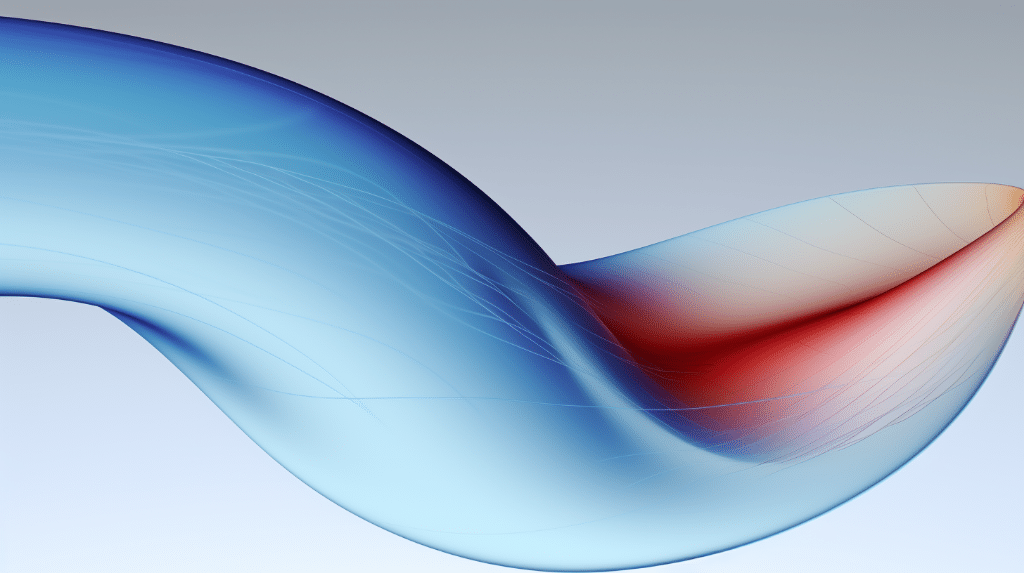
Let’s address a few additional considerations when calculating the drag coefficient:
Does Drag Coefficient Change with Size?
Yes, the drag coefficient can vary with the size of the object. It is influenced by the object’s shape and surface characteristics, which can change as the size scales. Therefore, it is essential to consider size effects when analyzing and comparing drag coefficients.
Does Drag Coefficient Have Units?
The drag coefficient is a dimensionless quantity and does not have any units. It is derived from the ratio of the drag force to the product of fluid density, flow velocity squared, and reference area.
How to Calculate Drag Coefficient from Pressure Coefficient
The pressure coefficient is a dimensionless quantity that measures the deviation of the local pressure from the ambient pressure. It is often used to calculate the drag coefficient. The drag coefficient can be obtained by integrating the pressure coefficient along the surface and applying appropriate formulas.
And that concludes our exploration of how to calculate the drag coefficient! We have covered its definition, importance, factors influencing it, different software and simulations, and calculations for various objects and scenarios. Understanding and accurately determining the drag coefficient is crucial for optimizing the performance and efficiency of vehicles, structures, and other objects moving through a fluid medium. Happy calculating!
Numerical Problems on how to calculate drag coefficient

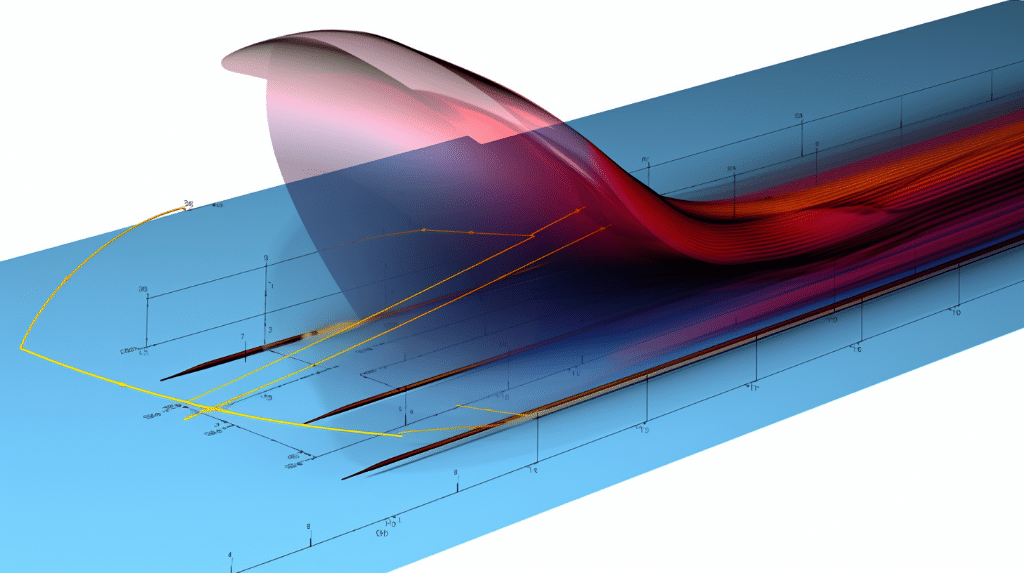
Problem 1:
A car is moving with a velocity of 25 m/s. The mass of the car is 1200 kg. The frontal area of the car is 2.5 m^2. Calculate the drag force acting on the car. Assume the drag coefficient (Cd) to be 0.35.
Solution:
Given:
Velocity of the car (V) = 25 m/s
Mass of the car (m) = 1200 kg
Frontal area of the car (A) = 2.5 m^2
Drag coefficient (Cd) = 0.35
The drag force (F) can be calculated using the formula:
![]()
where:
F = Drag force
Cd = Drag coefficient
ρ = Density of the fluid (air)
A = Frontal area of the object
V = Velocity of the object
Substituting the given values into the formula:
![]()
Problem 2:
A ball is thrown horizontally with an initial velocity of 20 m/s. The mass of the ball is 0.5 kg. The drag force acting on the ball is 10 N. Calculate the drag coefficient (Cd). Assume the density of air (ρ) to be 1.2 kg/m^3.
Solution:
Given:
Initial velocity of the ball (V) = 20 m/s
Mass of the ball (m) = 0.5 kg
Drag force (F) = 10 N
Density of air (ρ) = 1.2 kg/m^3
The drag force (F) can be calculated using the formula:
![]()
Rearranging the formula, we can solve for the drag coefficient (Cd):
![]()
Substituting the given values into the formula:
![]()
Problem 3:
A swimmer is swimming in a pool with a velocity of 2 m/s. The mass of the swimmer is 70 kg. The drag force acting on the swimmer is 50 N. Calculate the drag coefficient (Cd). Assume the density of water (ρ) to be 1000 kg/m^3 and the frontal area of the swimmer (A) to be 0.8 m^2.
Solution:
Given:
Velocity of the swimmer (V) = 2 m/s
Mass of the swimmer (m) = 70 kg
Drag force (F) = 50 N
Density of water (ρ) = 1000 kg/m^3
Frontal area of the swimmer (A) = 0.8 m^2
The drag force (F) can be calculated using the formula:
![]()
Rearranging the formula, we can solve for the drag coefficient (Cd):
![]()
Substituting the given values into the formula:
![]()
Also Read:
- How to calculate mass from gravitational force
- How to calculate mass from weight
- How to calculate momentum of a system
- How to calculate mass from force
- How to calculate negative velocity
- How to calculate speed from force and mass
- How to calculate flux linkage
- How to calculate mass from force and distance
- How to calculate instantaneous velocity formula
- How to calculate momentum before collision
